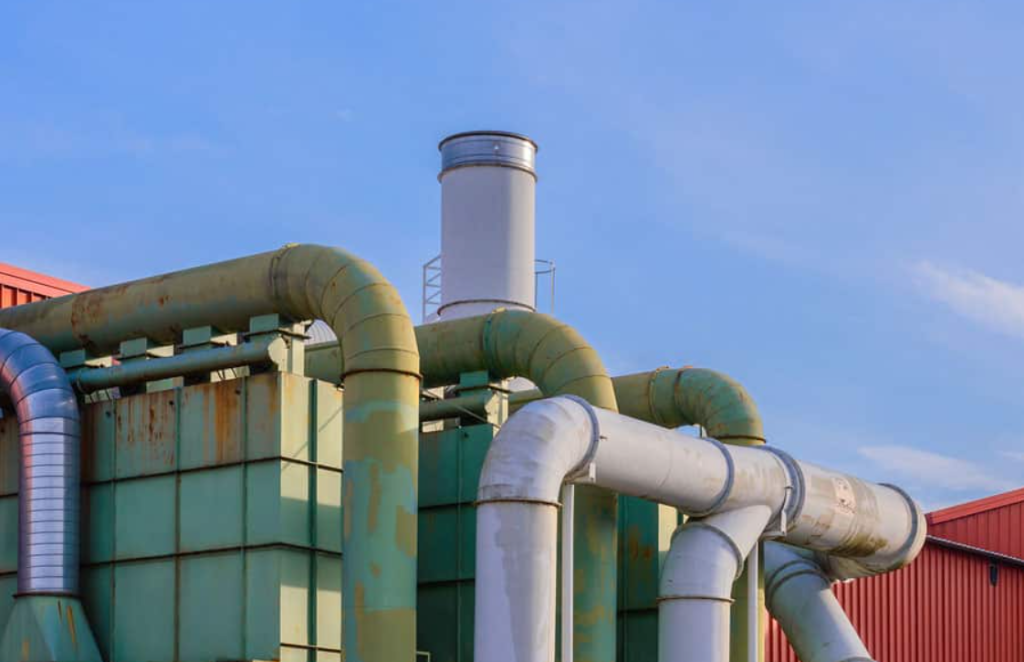ENDÜSTRİYEL HAVA DEBİSİNİN ÖLÇÜMÜ
Air is a mixture of gases and contains about 78% nitrogen, 21% oxygen, less than 1% argon and about 78% nitrogen, 21% oxygen, with trace amounts of carbon dioxide, hydrogen, helium, xenon and neon.
We frequently use air in various industrial and commercial applications. Measuring and controlling the amount of air used in industry improves efficiency.
Combustion takes place with the combination of fuel, oxygen and an energy source (flame).
When these three elements are combined in the right proportions, combustion occurs and heat is generated. The most common fuel is natural gas and the primary source of oxygen is air. Combustion occurs in many applications, from residential hot water heaters and heating to generating electricity in a centralized power plant.
The amount of air and fuel affects combustion efficiency and we use the air to fuel ratio as a measure of combustion performance. Using too much fuel is wasteful.
Likewise, too much air means that excess air is unnecessarily heated, thus reducing efficiency. Measuring and controlling air flow to ensure proper combustion leads to increased efficiency. Thermal mass flow meters provide a direct mass flow measurement that measures the air-fuel ratio.

Compressed Air Flow
Almost every industry uses compressed air. Typical applications include air tools, pneumatic conveying equipment and spray paint. Compressed air is a powerful source of energy that is vital to manufacturing operations around the world.
Compressed air is typically found at pressures of 80-120 psi (5.5 to 8 bar).
Thermal mass flow meters have the advantage of providing a mass flow measurement that is independent of air pressure.
Compressed air flow measurement helps to determine total usage as well as daily usage time, enabling the user to identify areas of excessive consumption.
Flow meters are also used to optimize compressor efficiency and control the consumption of different units.

Spray Drying System
From milk powder in the food industry, to antibiotics in the pharmaceutical industry, to paint pigments in the industrial sector, we use air to produce dry flour in many processes. The amount of air flow needs to be controlled to improve production performance.

Milk Powder Spray Drying Unit
The product is sprayed into the drying chamber and hot air is applied
Ventilation Air
Aeration air is the process of mixing air and water and is usually done by blowing air through perforated pipes. This process is carried out during wastewater treatment, where air is mixed with sewage to promote the growth of microorganisms that break down biodegradable material. In water treatment systems, aeration air is used in pretreatment to remove various gases (carbon dioxide and hydrogen sulfide), volatile organic compounds and precipitate dissolved minerals (iron and manganese) from water.



